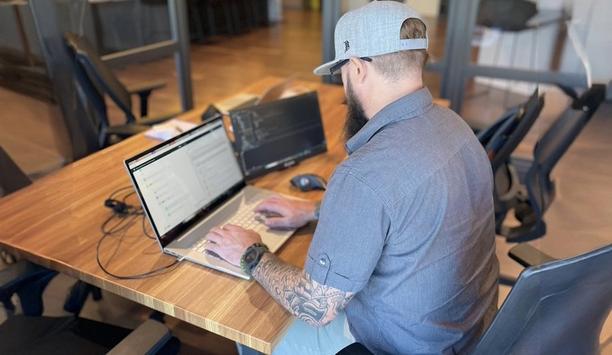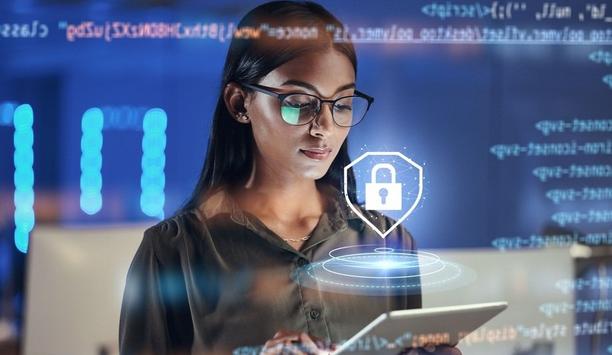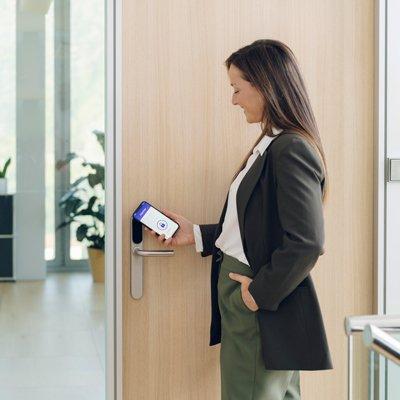 |
| SIA is emphasising the usage of biometric security in the E-Verify programme |
A recent report from the Government Accountability Office (GAO) demonstrates that the federal E-Verify programme needs a biometric component, according to the Security Industry Association (SIA). E-Verify is used by employers to determine if individuals are legal residents of the United States and, thus, eligible to work in this country. The programme, however, suffers from significant error rates, and SIA in November released a set of recommendations for adding a biometric component to the programme that could "reduce these error rates, increase privacy and enhance identity assurance."
The GAO on January 18 released a report on E-Verify that found that "errors persist" and "E-Verify remains vulnerable to identity theft and employer fraud." "Identity fraud remains a challenge in part because employers may not be able to determine if employees are presenting genuine identity and employment eligibility documents that are borrowed or stolen," the report stated.
SIA representatives said that this is exactly why biometrics should be made a part of the programme. "The recent GAO analysis of the E-Verify programme confirms that the programme remains highly susceptible to error, identity theft and fraud," said Robert Horton, director of marketing and communications for MorphoTrak and chairman of SIA's Biometric Employment Verification Working Group. "The Security Industry Association believes Congress can restore confidence in this programme and our nation's employee verification procedures by adopting a biometric component to the E-Verify programme. SIA's recommendation for an enhanced biometric document for use in vetting new employees will enhance privacy and reduce identity theft."
The recommendations in the GAO report did not include the use of biometrics, but the agency acknowledged that, "These technologies help to create a verifiable link between identity and authorising documents."


















